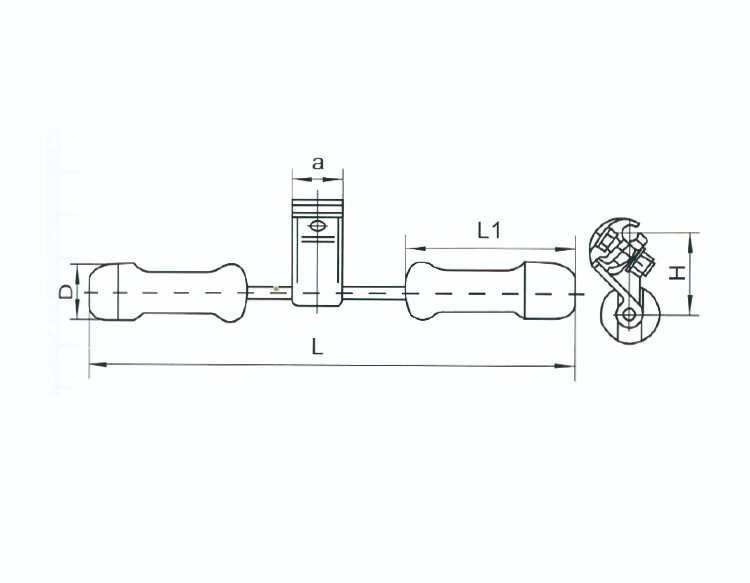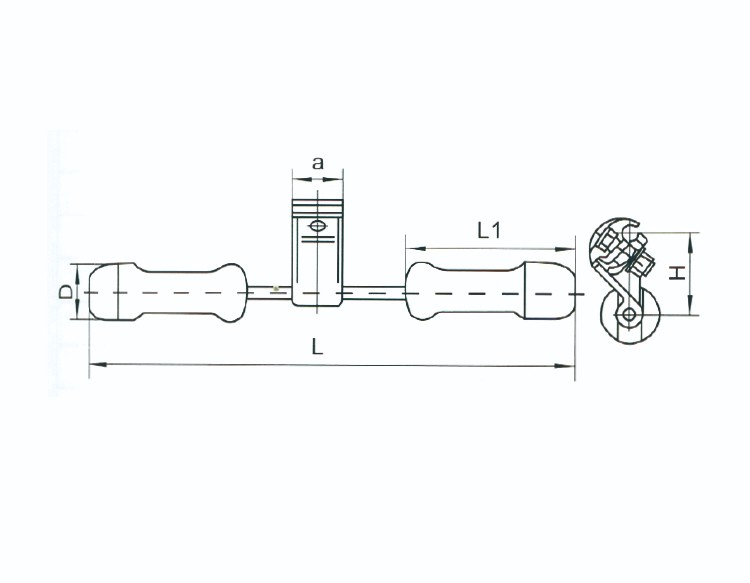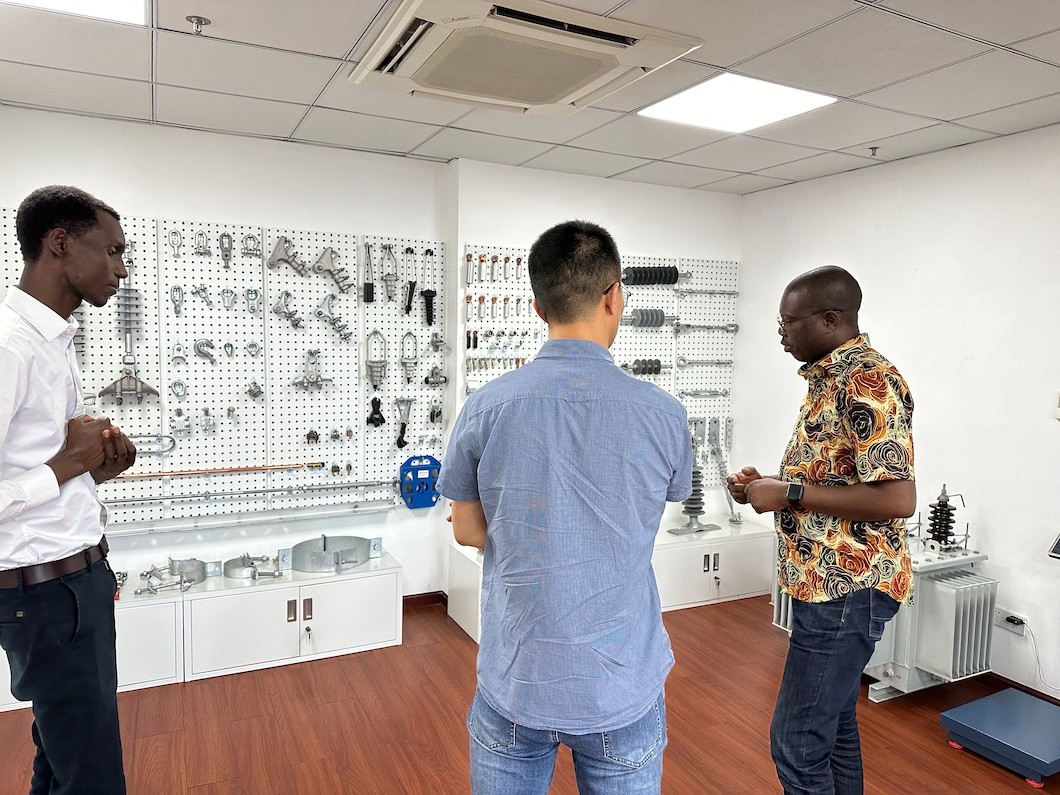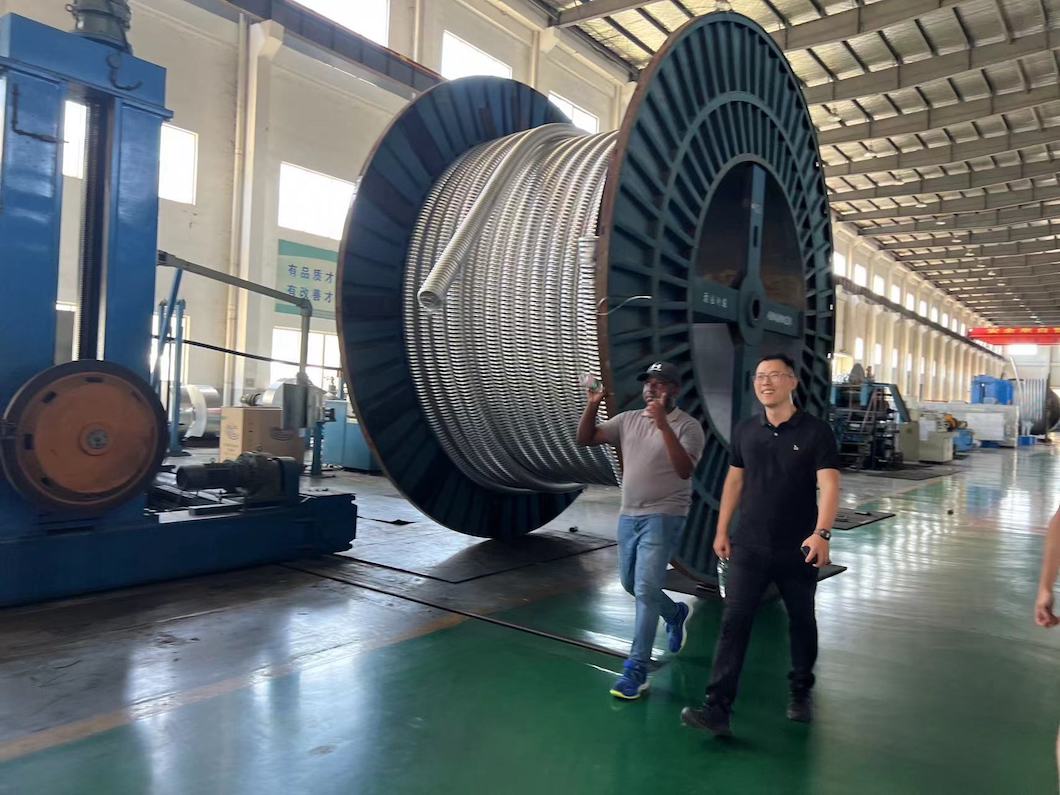| Cataiog No. | Suitable Conductor | Main dimensions(mm) | Weight(KG) | ||||
| L | D | H | a | L1 | |||
| FDY-1/2 | 12~16 | 300 | 40 | 81 | 50 | 95 | 1.5 |
| FDY-2 | 12·16 | 370 | 46 | 81 | 50 | 130 | 2.4 |
| FDY-2/3 | 16~18 | 370 | 46 | 81 | 50 | 150 | 2.5 |
| FDY-3/4 | 18~22.5 | 450 | 56 | 97 | 60 | 150 | 4.1 |
| FDY-3/5 | 22.5~30 | 450 | 56 | 97 | 60 | 150 | 4.5 |
| FDY-4/5 | 22.5~30 | 500 | 62 | 97 | 60 | 175 | 5.6 |
| FDY-4/6 | 30~35 | 500 | 62 | 97 | 60 | 175 | 5.8 |
1.Purpose: TMDs, also known as dynamic vibration absorbers, are widely used to suppress vibrations in engineering structures subjected to external loads.
2.Components: A classical TMD typically comprises a mass, spring, and damper. These components are attached to the primary vibrating system to achieve desired frequency-response behavior.
3.Equal-Peak Method: The response curve of a harmonically excited single-degree-of-freedom (DOF) primary system with a TMD passes through two fixed points. The equal-peak method helps findapproximate optimal values for the stiffness and damping of the absorber.
4.Optimal Design: Recent research has provided exact closed-form solutions for the optimal stiffness and damping of TMDs.






















